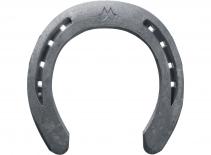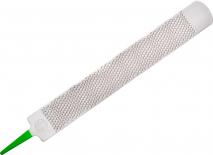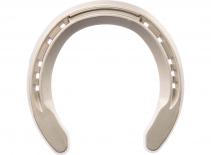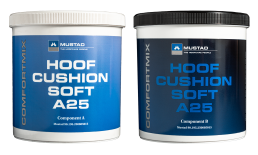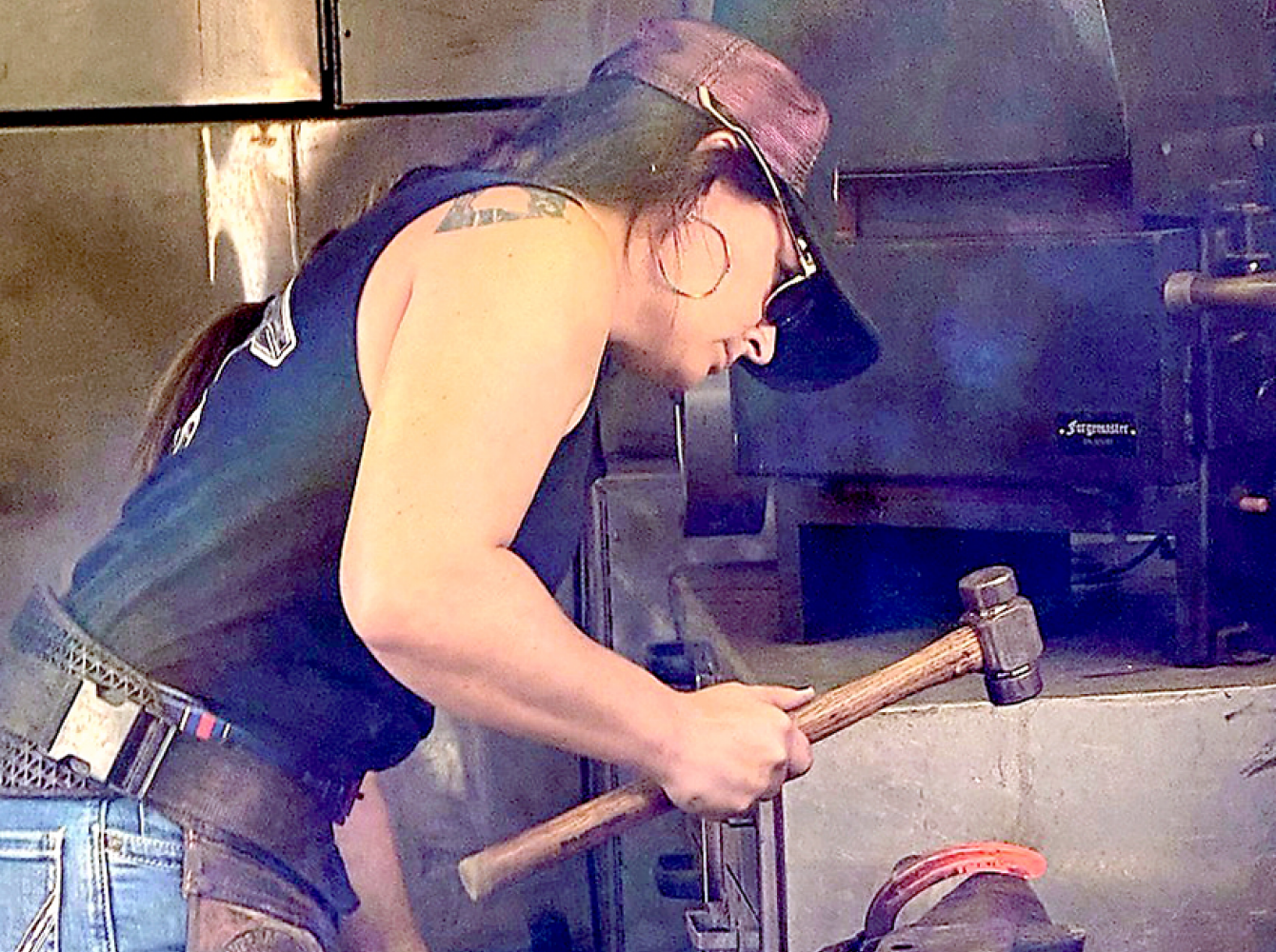
Laura Gillespie, APF
Laura Gillespie’s career suggests that the concept of a reset doesn’t just apply to horseshoes. Driven to explore new possibilities, she’s forged a remarkable career.
Like many farriers, Laura Gillespie got into the business because she saw firsthand the difference a farrier can make. When she was thirteen, a mare on her family’s Montana ranch got stuck in a fence, sustaining a serious injury in the process. A local farrier named Steve Eastman helped that horse come back from the injury by building a series of shoes as her therapy progressed. When he saw how fascinated Laura was with the process, Steve took the time to teach her the basics.
A Job Where The Customer Kicks You
After attending Montana State University in 2000, where she studied with Tom Wolfe for horseshoeing and Martin Black on colt starting, on top of shoeing mules at an outfitter, Laura sought out even more experience. She entered bids with a friend to shoe the 60 or 70 horses kept by the US Forest Service. “We sometimes had to tie up horses’ legs and get them on the ground to get them shod.” The work was hard—and it was literally the school of hard knocks. Today, with a prosperous practice, she insists that, if horses aren’t trained to be shod, they need to be drugged. “If I make one bad call and get hurt, I have 378 horses that can’t get shod.” But at the time, it was a valuable experience.
After the forest service gig, Laura returned to cattle ranching with her family and had other adventures in education. She rode, trained, and sold hundreds of working cattle horses and outfitter pack horses. She spent much of her time in those 10 years riding for ranches and outfitters and shoeing for herself, the forest service, and the outfitters she worked for. But In 2010, Laura journeyed to Oklahoma to study horseshoeing and equine dental.
Having completed her studies in Oklahoma, Laura once again returned to Montana, fully intending to focus on farrier work, only to break a leg when kicked by a horse. While she healed, she managed a guest ranch, which kept her horsemanship skills sharp. Like many professional farriers, Laura emphasizes the importance of horsemanship. “We sometimes look at the foot and we forget that there’s an animal attached.”
As soon as the leg started to heal, she started shoeing again. But she didn’t just return. She reinvented herself.
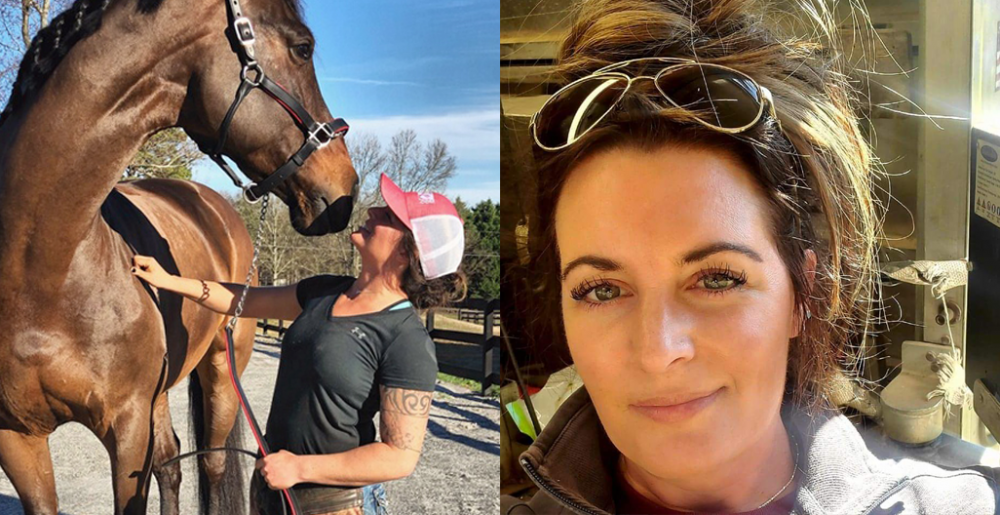
From Big Skies to Sweet Home Alabama
Looking to make a fresh start somewhere new, Laura moved to Northern Alabama to build a brand new practice from scratch. That meant bartending at night to pay the rent and shoeing during the day to build her business. The big move and new business may have been a gamble, but Laura persevered — and ultimately thrived. Her practice now extends from Northern Alabama into Tennessee, Georgia, Virginia, and Florida.
And she honed some valuable skills as a bartender. Laura maintains that “if every farrier could be a bartender, it would help them so much with their customers. You learn to roll with things. You learn to not take things personally. And you learn to talk to people. If a problem arises with a horse, it’s so much easier to address if you’ve established a relationship with the owner.”
Laura succeeded, eventually getting enough work so she could cut back and then stop the bartending. At first, she was taking anything, but, in about three years, she could be much more selective. And these days, Laura is fully booked. A quick glance at her records is a good indication of her workload, with about 379 horses on her rotation and three of her own — a jumper, a hunter, and a retired cutting horse. The jumper and hunter, which she boards, are rode and shown by a professional trainer.
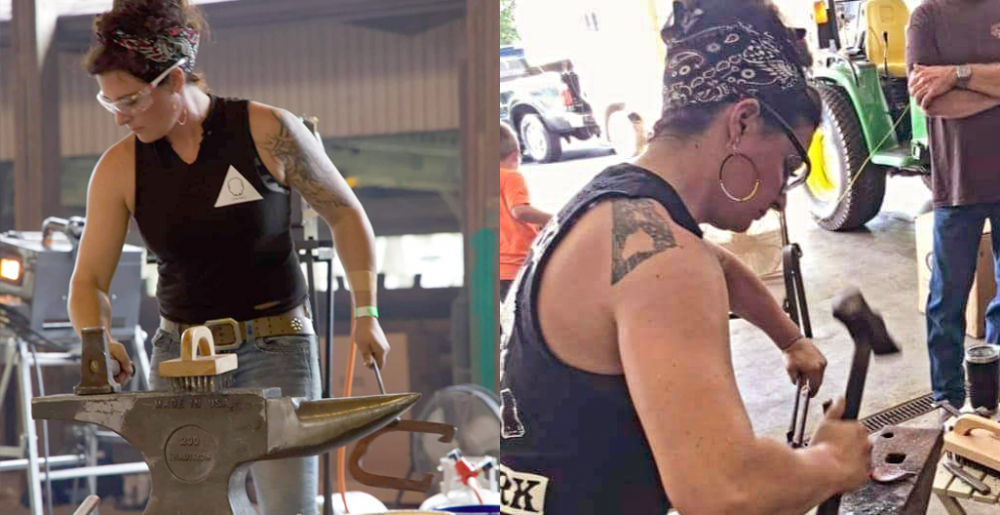
Swamp Feet and Dental Impressions
It’s a good practice, with an emphasis on hunters and jumpers, with some dressage. The challenges in Northern Alabama and Tennessee are very different from those she experienced in Montana, which is almost desert-like. “Here, the feet almost looked like they melted. They call it swamp feet. They absorb so much moisture the foot expands and contracts about 30 percent. You have to adjust your shoes for that.”
She finds that the Mustad LiBero Equi-Librium rises to the challenge. “It’s a wider web rolled toe shoe. The clips are a little further back so I can get a really nice fit. For western pleasure and hunters, she also uses St. Croix Advantage Aluminum and Advantage Aluminum 3-degree wedge shoes.
“I will only use the Endura nails—I can’t even stand to use any other nails now. They go higher up the wall, and they stay clean in the foot.” She goes through a case of Capewell Endura Slimblade 5s and Endura 3s every six weeks or so.
She uses the Heller eXcel Legend rasp because she can get about 40 horses shod with a single rasp.
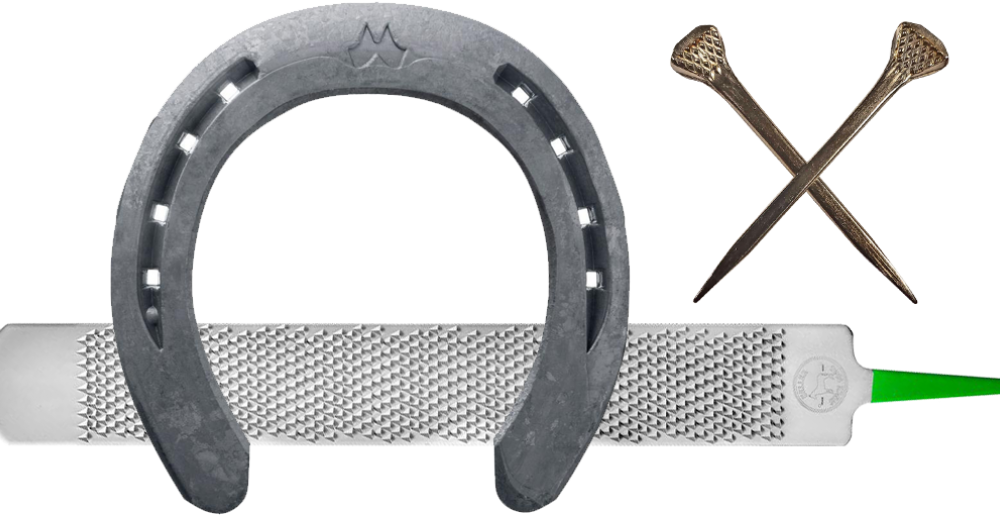
Considering Laura’s experience with her own injured mare, it’s fitting that she does a little therapeutic work (including some work to prevent injuries). Recently Mustad Rep Kris Kibbey got her two tubs of the Comfort Mix Hoof Cushion soft and supersoft. She’s become a convert. “The hoof cushion doesn't continue to harden over time like other products, which is a benefit, because, in the South, the soil is really hard. Using it preemptively has kept me from having bruised competition horses by the end of their three-day. I can have different hardnesses at different parts of the foot: I can have a harder dental impression in the front and a softer one in the back.” Besides the product advice from Kibbey, she also relies on Jerry Perry at Iron Craft in Louisburg, Tennessee for her day-to-day inventory.
Accelerating Into The Learning Curve
Gillespie’s story is very much her own. But she shares one trait with other elite farriers: a belief in learning and in sharing what she learns. She gives big props to the mentors who have helped her, including Steve Eastman, who she remains in contact with; Tom Wolfe at Montana State; Roy Bloom, who influenced her forging; the Olympic farrier, David Farley; and Mark Milster, just to name a few.
Besides serving on the board of the International Association of Professional Farriers, she speaks at clinics and conferences and writes for the American Farriers Journal.
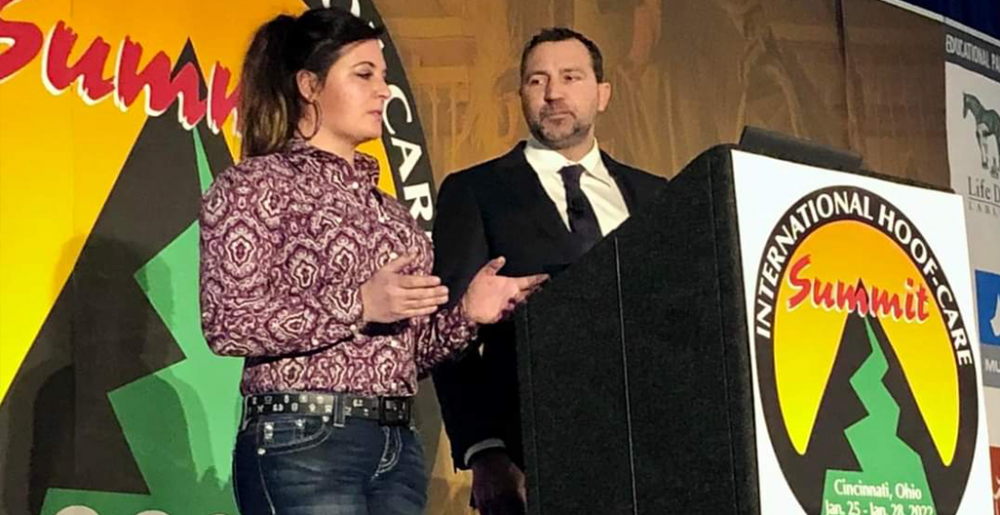
Embracing learning, even if it comes in the form of criticism, is especially important—and a little tricky—for a female farrier in a predominantly male industry. “Responding to criticism with ‘you’re just saying that because I’m a woman’ is the worst possible attitude. If you can’t take some criticism from men, you’re not going to learn what you need either on the forging side or on the horse side. Ultimately, it’s not about being a woman or a man, it’s about doing the job.”
And like many farriers, there may come a time when the physical demands of the job start to get to her. But that’s okay. She’s already got something in the works. “Cooking has always been my means of decompression and I recently acquired a serious smoker. I want to do some smoking competitions in the South. Or maybe show up at farrier functions. There’s sometimes nothing to eat all day there. I could smoke a pig and smoke some mac and cheese.”
If BBQ is her next reinvention, odds are a BBQ empire isn’t too far off either.
